When selecting a high-quality electric toothbrush, the design and performance of the bristles are critical—they directly impact plaque removal and gum health. Below are six key factors for B2B partners to consider when specifying premium bristle solutions.
First, common bristle materials include nylon (e.g., DuPont Tynex™) and emerging polymer composites:
Material differentiation empowers B2B manufacturers with versatile customization.
Next, bristle stiffness directly affects comfort and cleaning efficacy:
Layered hardness options ensure you cover diverse user requirements.Company web:https://www.powsmart.com/product/electric-toothbrush/
Bristle thickness and density determine how well the head reaches tight spaces:
Optimizing microstructure is the foundation of superior cleaning.
Moreover, bristle tip finishing and coatings elevate comfort:
Tip and coating innovations deliver a premium user experience.
To streamline maintenance for your channels, brush heads should feature:
Modular, smart-enabled heads significantly boost channel efficiency.
Finally, ensure global compliance and close supplier collaboration:
A robust compliance and collaboration framework supports rapid innovation and market response.
Conclusion
In the competitive electric toothbrush arena, premium bristles determine both cleaning efficacy and user loyalty. B2B manufacturers should optimize across materials, stiffness, structure, finishing, modularity, and compliance to offer channel partners versatile, traceable brush-head solutions—winning market share and reputation in the process. Contact us to co-develop next-generation brush-head standards!
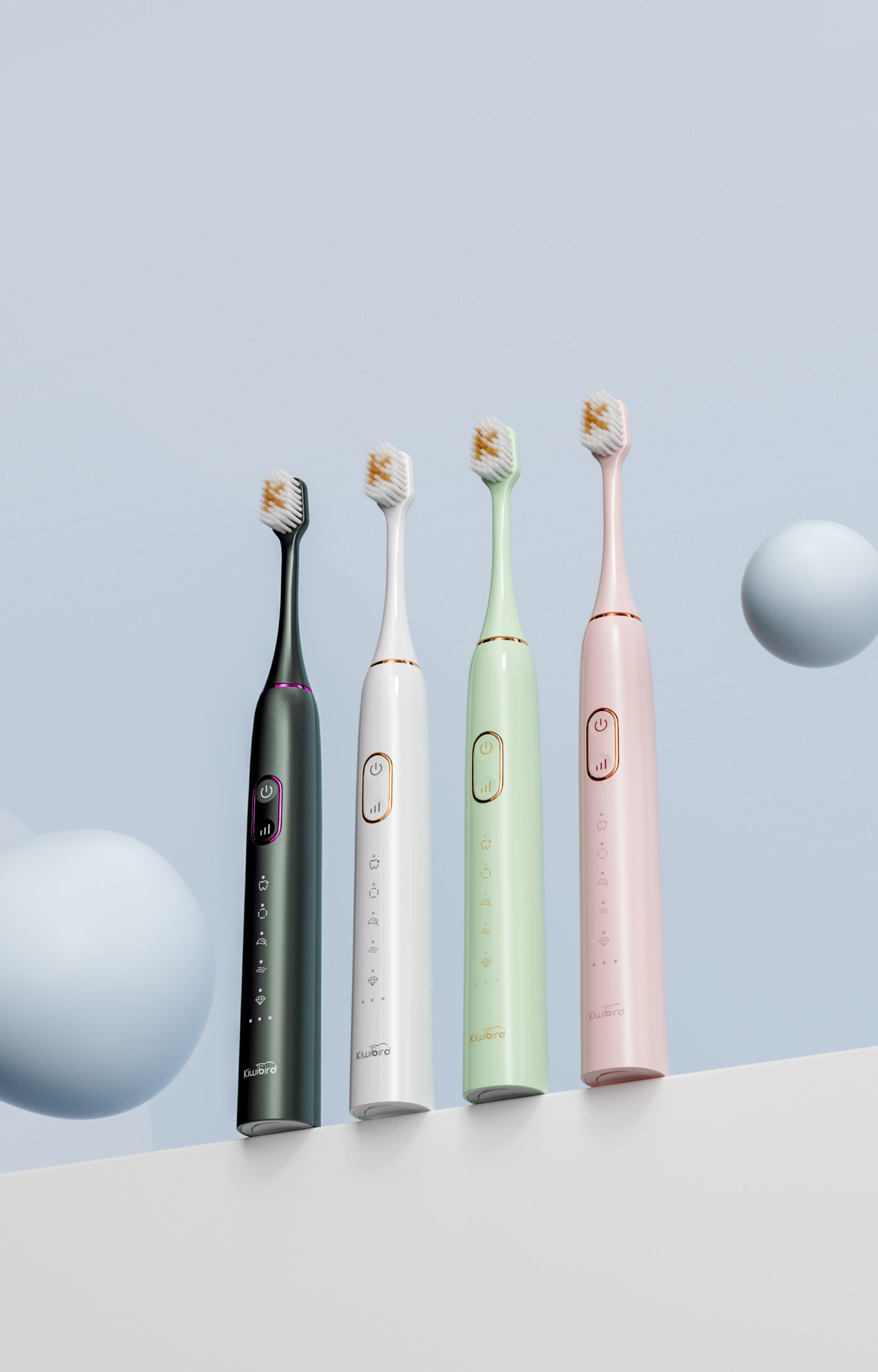
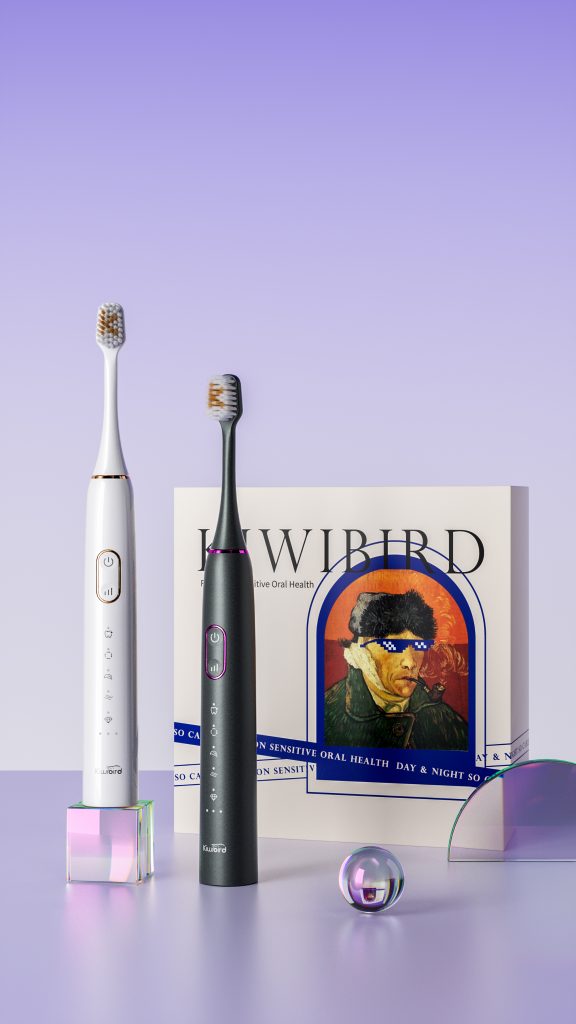


Comparison of Performance & Price of Different Motors for Water Pumps for Dental Flossers
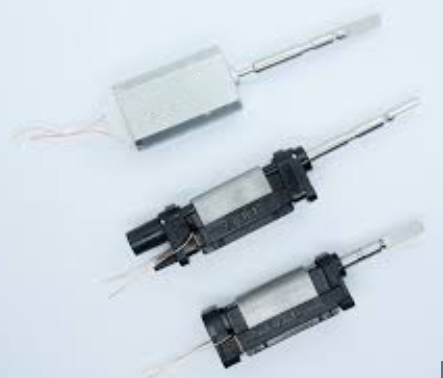
Sonic Toothbrush Motor Comparison: Magnetic Levitation vs. Traditional Motors
How to Clean Dirty Ports and Seal Deterioration?
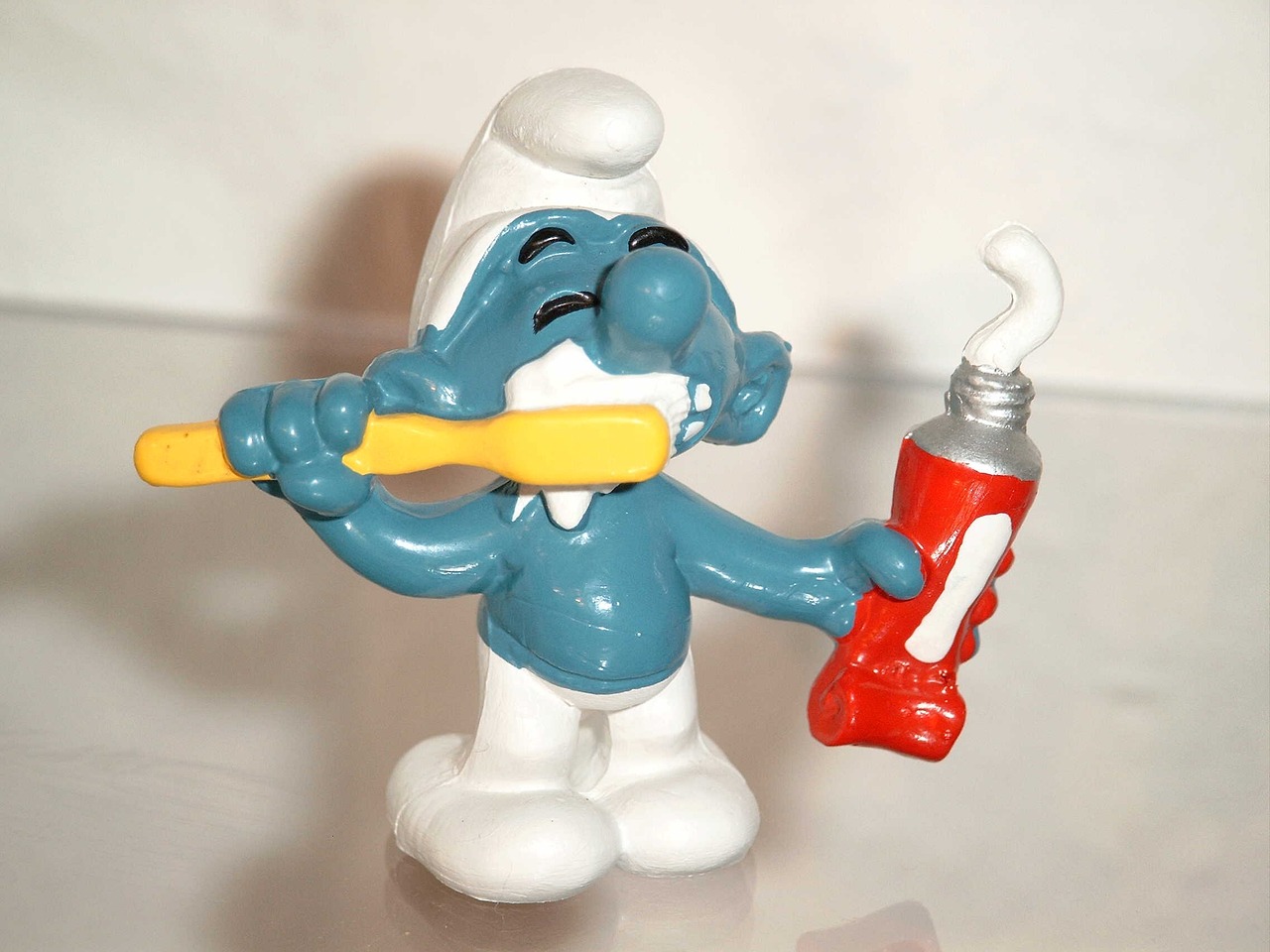
How Much Does It Cost to Manufacture a Toothbrush?
Can Electric Toothbrush Charging Failures Cause Gum Bleeding?
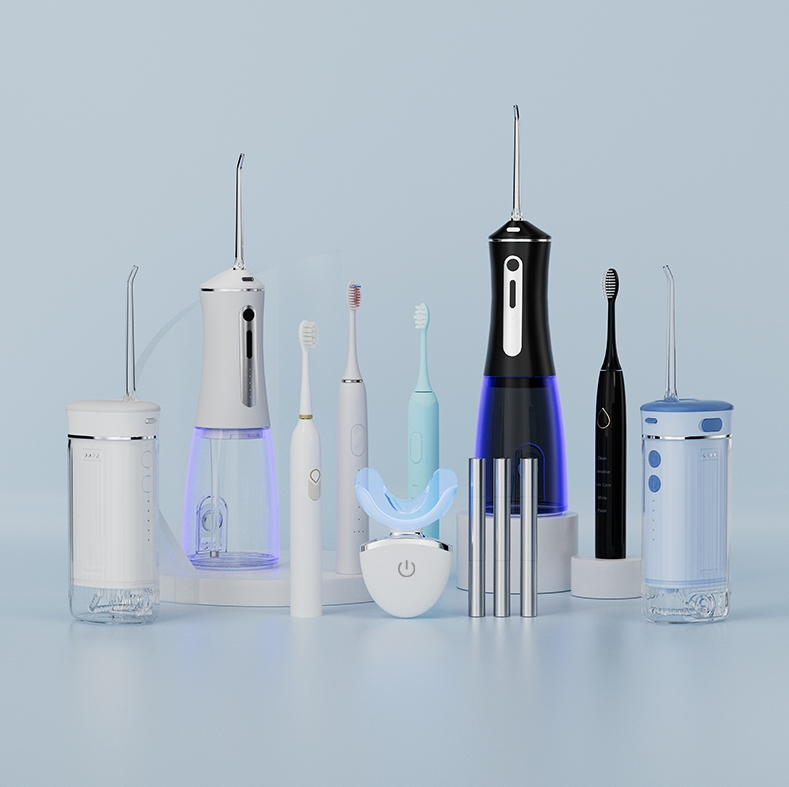
Electric Toothbrush Industry Report 2025: Growth Opportunities and Competition Analysis
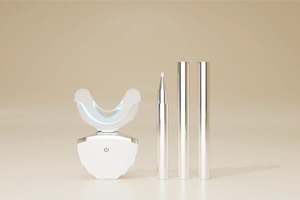
Complete Analysis of Teeth Whitening Gel Ingredients: Safe Hydrogen Peroxide Levels, Desensitizing Agents & pH Balance
Over-Bleaching Effects from Whitening Effectiveness Claims?
Noise Amplification and Vibration Issues — Why?
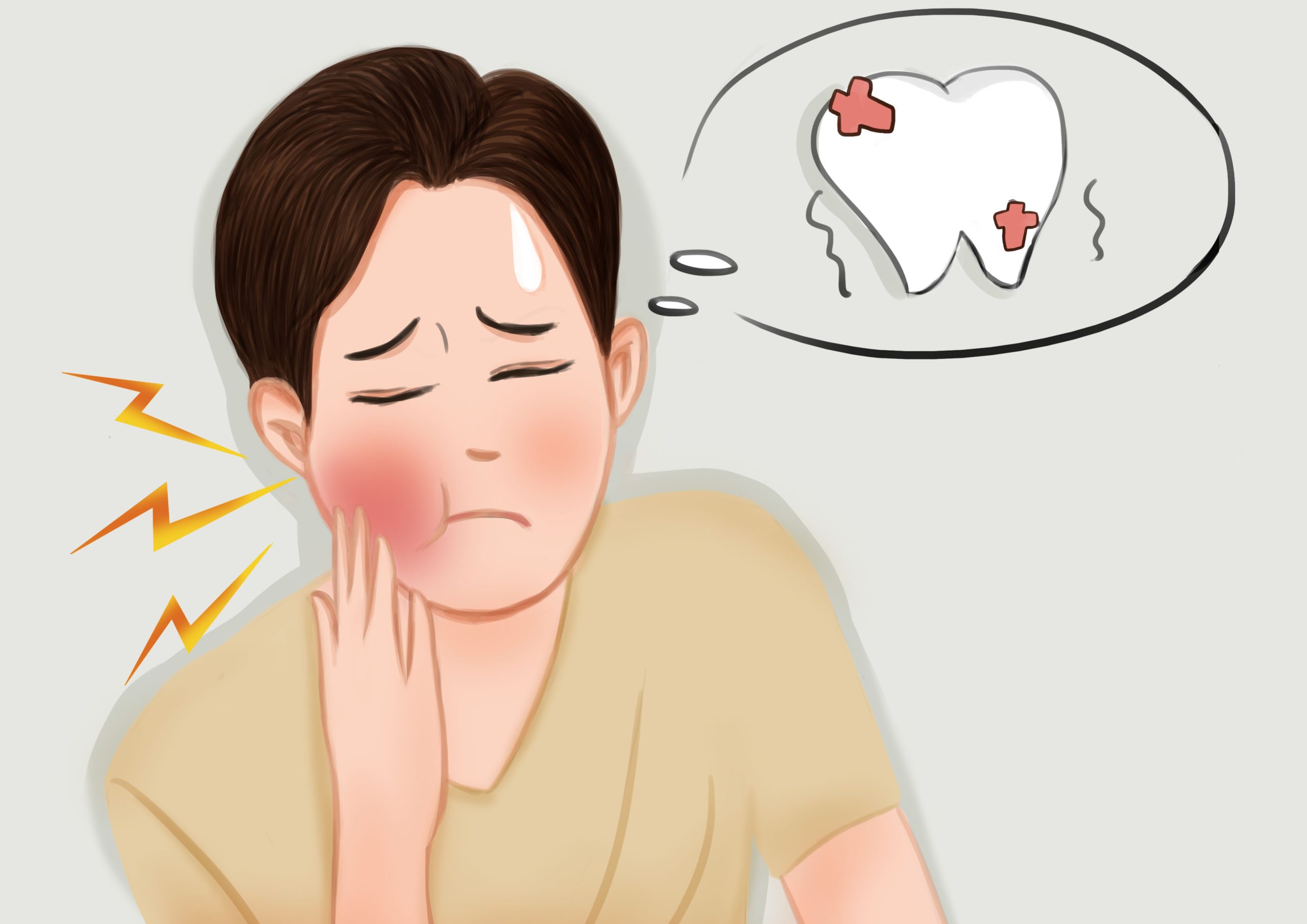
Understanding and Treating Gum Bleeding When Brushing
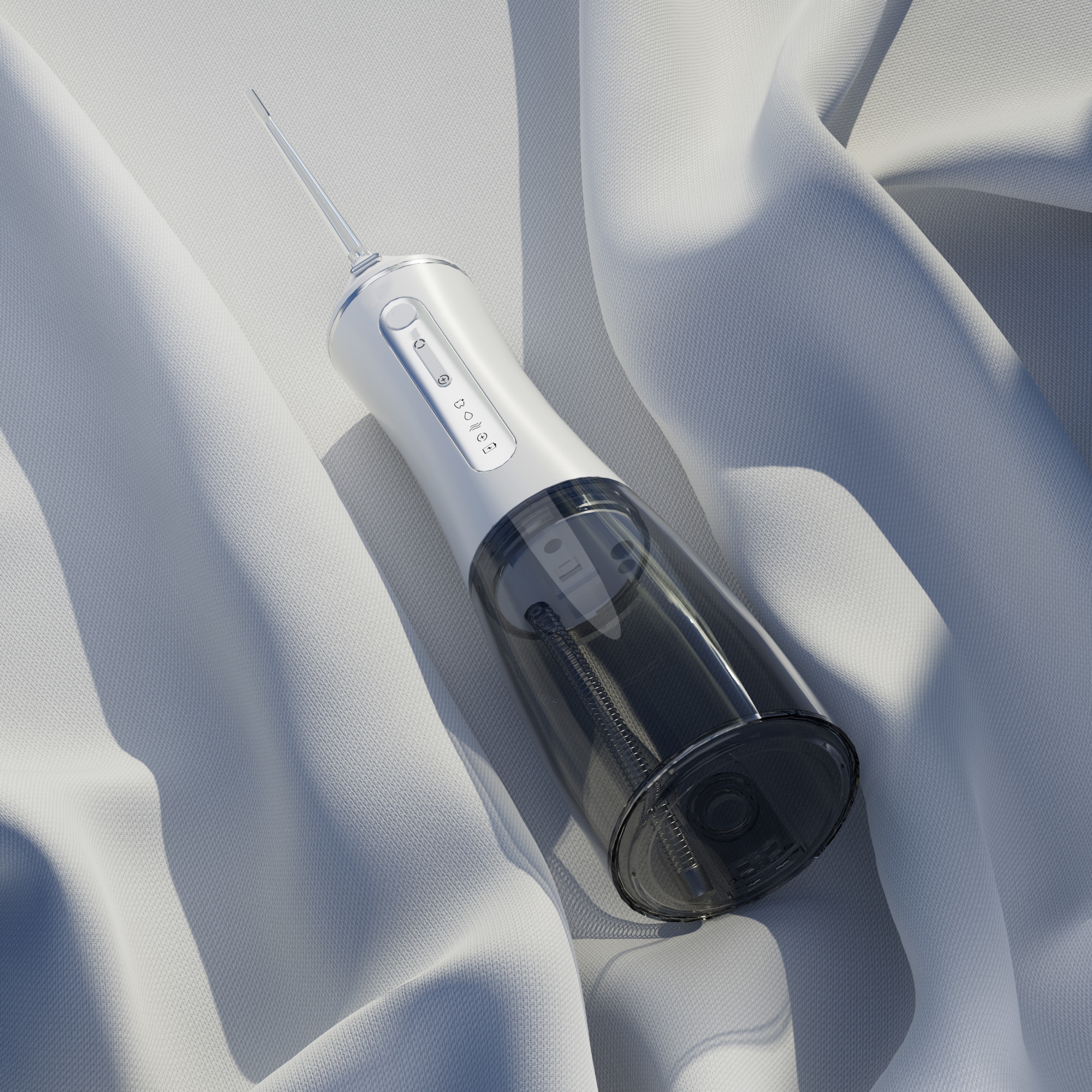
Compatibility of Water Flosser Accessories: How to Increase User’s Repurchase Rate Through Replaceable Nozzles?
Is Battery Swelling Causing Pressure Loss?
.jpg)
Hawaii waterproof toothbrush vs. Hawaii beach toothbrush — which model makes sense for snorkeling trips?
.jpg)
How RV long-life battery defines RV power toothbrush reliability
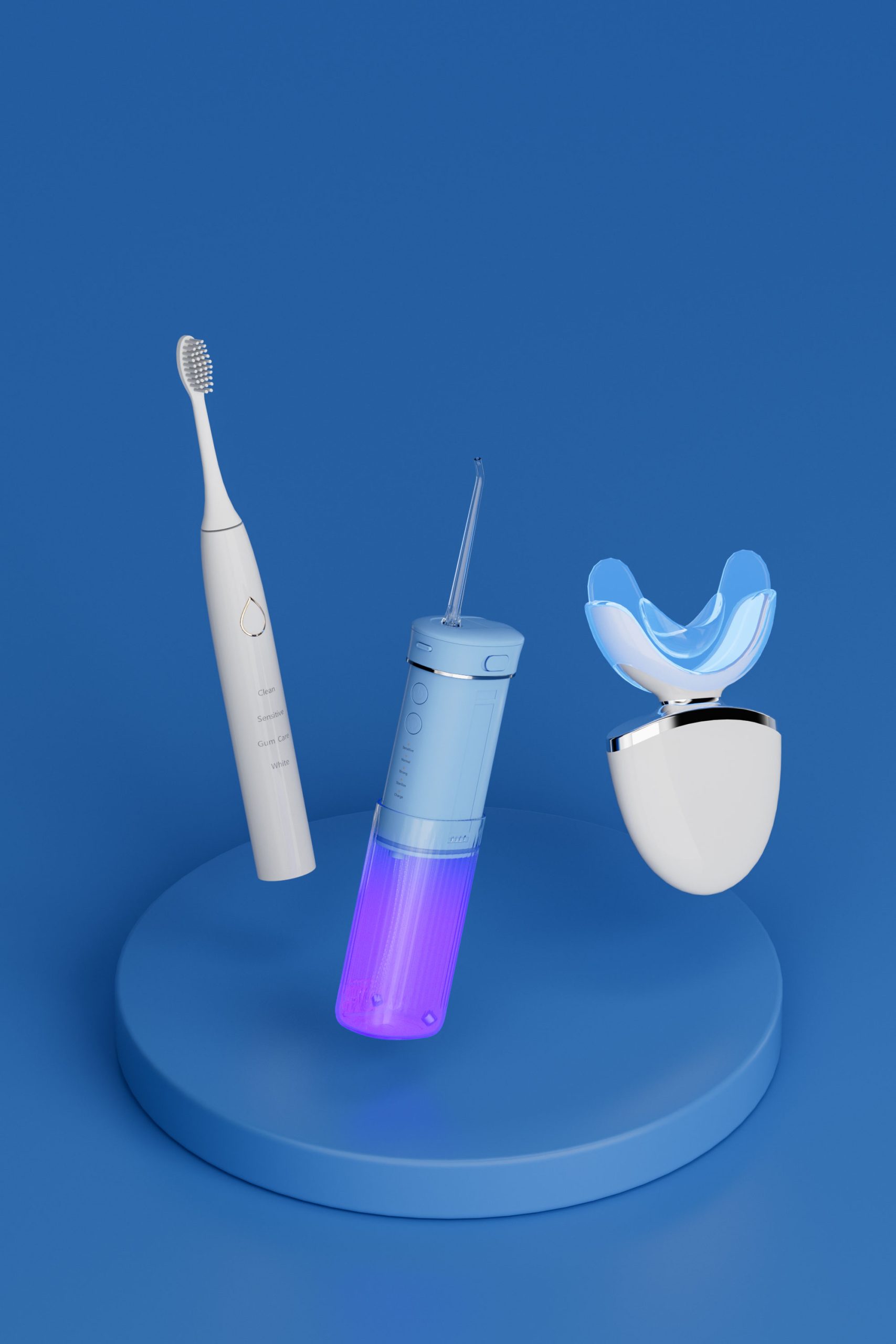
Why a Hindi brushing guide is essential for your First-time user guide
.jpg)
A Guide to Designing Good-Looking Electric Toothbrush: How Can Macaron Colors + APP Interconnection Increase Product Premium?

Customization Teeth Whitening Gel

electric toothbrush heads Ultra Soft

electric toothbrush heads Deep Clean

Private Label Whitening Gel

Electric toothbrush heads Charcoal Infused-Diamond

electric toothbrush heads Regular Clean

electric toothbrush heads Charcoal Infuse-Round
.jpg)
Florida Electric Toothbrush – Powsmart PTR-C8
whstapp
whstapp
National Toll-Free Service Hotline
+86 755 86238638